Home>Garden Essentials>How To Germinate Tiburon Peppers
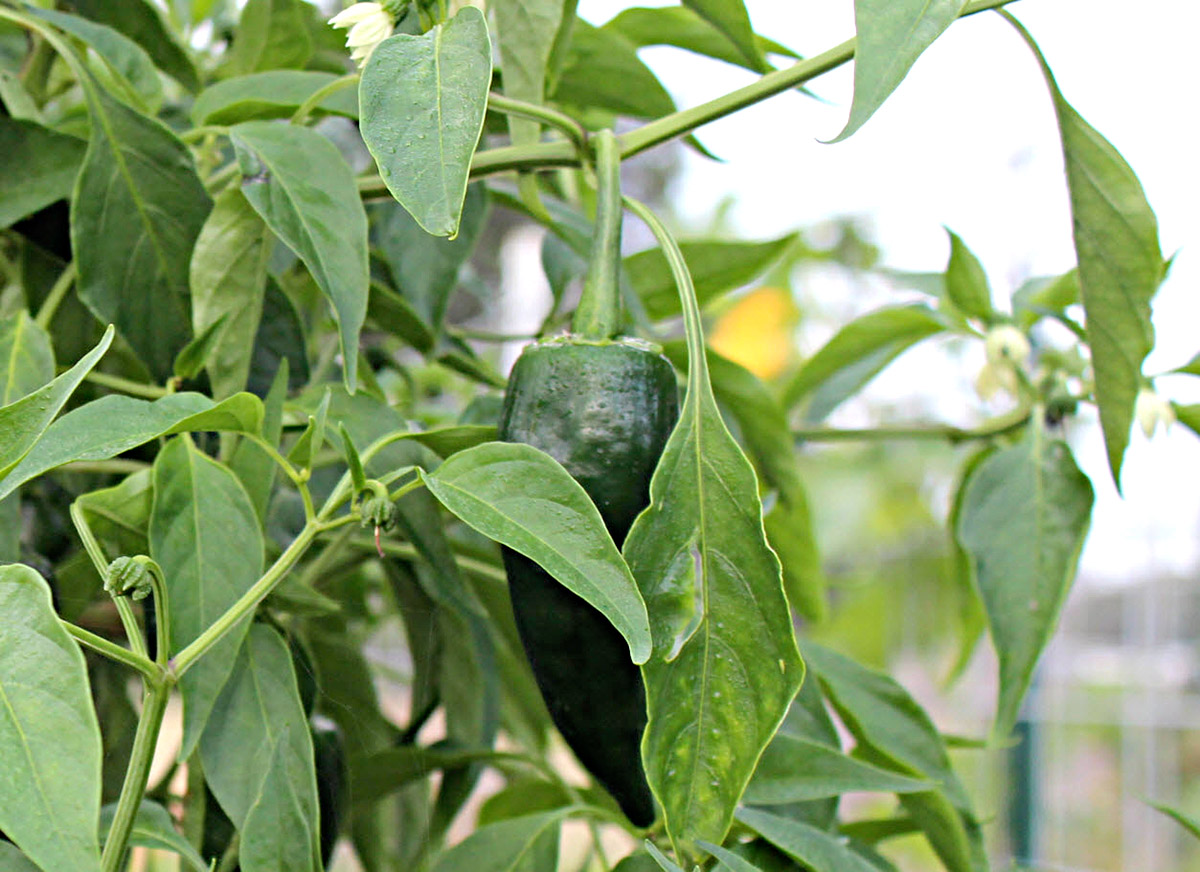

Garden Essentials
How To Germinate Tiburon Peppers
Modified: March 16, 2024
Learn how to successfully germinate Tiburon peppers in your garden and ensure a bountiful harvest. Expert tips and instructions for gardening enthusiasts.
(Many of the links in this article redirect to a specific reviewed product. Your purchase of these products through affiliate links helps to generate commission for Storables.com, at no extra cost. Learn more)
Introduction
Welcome to the world of gardening and the exciting journey of germinating Tiburon Peppers! Whether you’re a seasoned gardener or just starting your green thumb adventures, this article will guide you through the steps to successfully germinate Tiburon Peppers from seeds. Tiburon Peppers, known for their heat and distinct flavor, are a popular choice among chili enthusiasts. By following the steps outlined in this guide, you’ll be able to grow your own Tiburon Peppers and enjoy the satisfaction of nurturing them from the very beginning.
Germinating Tiburon Pepper seeds is a rewarding process that requires a bit of knowledge and preparation. This article will walk you through the necessary requirements, step-by-step instructions, and essential care tips to ensure your Tiburon Pepper seeds sprout and thrive into healthy seedlings. With the right techniques, you can provide optimal growing conditions for your seeds, leading to a successful germination and a bountiful harvest.
Before we dive into the process of germinating Tiburon Peppers, let’s take a closer look at the requirements you’ll need to gather to ensure your seeds have the best possible start.
Key Takeaways:
- Growing Tiburon Peppers from seeds requires high-quality seeds, proper soil, and consistent care. Patience and attention to detail are essential for successful germination and healthy plant growth.
- Providing optimal conditions, such as warmth, light, and moisture, is crucial for the sprouting and development of Tiburon Pepper seedlings. Careful watering, transplanting, and ongoing maintenance lead to a bountiful harvest.
Read more: How Long Do Peppers Germinate
Requirements for Germinating Tiburon Peppers
Germinating Tiburon Peppers requires some basic supplies and an understanding of the ideal conditions for the seeds to sprout successfully. Here are the key requirements you’ll need:
- Quality Tiburon Pepper Seeds: Start with high-quality Tiburon Pepper seeds from a reputable source. Look for seeds that are fresh, viable, and specifically labeled as Tiburon Peppers to ensure you’re growing the correct variety.
- Growing Medium: Choose a well-draining, sterile potting mix or seed-starting mix to provide a healthy environment for the seeds. Avoid using regular garden soil, as it can contain pests and diseases that may harm the delicate seedlings.
- Containers: Select small, individual containers for germinating the seeds. These can be seed trays, peat pots, or even recycled containers like egg cartons. Ensure that the containers have drainage holes to prevent waterlogged soil.
- Water: Use clean, room temperature water to moisten the soil. It’s important to provide adequate hydration for the seeds without overwatering.
- Light: While direct sunlight is not necessary at the germination stage, providing supplementary light with grow lights or by placing the containers near a bright window will help the seedlings grow strong and healthy.
- Temperature: Tiburon Pepper seeds prefer warm temperatures for germination, ideally between 75-85°F (24-29°C). Consider using a seedling heat mat to maintain a consistent temperature if your environment is cooler.
- Humidity: Seeds require a moderately humid environment for germination. To maintain the humidity, cover the containers with a clear plastic dome or use a plastic wrap until the seeds sprout.
- Patience: Lastly, germinating Tiburon Peppers requires patience. The seeds can take anywhere from 7-14 days to sprout, so be prepared to wait and provide consistent care during this time.
Now that we have all the necessary requirements ready, let’s move on to the step-by-step process of germinating Tiburon Pepper seeds.
Step 1: Selecting Quality Tiburon Pepper Seeds
The first step in germinating Tiburon Pepper seeds is to ensure you have high-quality seeds. Choosing the right seeds will significantly increase your chances of successful germination and healthy seedlings. Here’s what you need to consider when selecting Tiburon Pepper seeds:
- Source: Purchase your Tiburon Pepper seeds from a reputable supplier. This can be a local garden center, online seed supplier, or even from trusted fellow gardeners. Ensure that the seeds are fresh and haven’t expired.
- Variety: Tiburon Peppers come in different varieties, each with its own unique flavor and heat level. Decide on the specific Tiburon Pepper variety that suits your taste preferences. Look for seeds labeled as “Tiburon Peppers” to ensure you get the correct variety.
- Viability: Check the viability of the seeds before purchasing or using them. One way to do this is by performing a germination test. Take a few seeds and place them between damp paper towels. Keep them in a warm location and monitor their progress over a week. If a high percentage of the seeds sprout, it indicates good seed viability.
- Storage: Proper seed storage is crucial for maintaining seed viability. Ensure that the seeds you purchase have been stored in cool, dry conditions, away from extreme temperatures and moisture.
- Quantity: Consider the number of seeds you’ll need based on the space available and your desired yield. It’s always a good idea to have a few extra seeds on hand in case some fail to germinate.
Once you have chosen your high-quality Tiburon Pepper seeds, you’re ready to move on to preparing the growing medium for germination. In the next step, we’ll discuss how to create an optimal environment for your seeds to thrive.
Step 2: Preparing the Growing Medium
Creating the right growing medium is essential for the successful germination of Tiburon Pepper seeds. A high-quality growing medium provides the necessary nutrients, drainage, and aeration for the seeds to develop into healthy seedlings. Here’s how you can prepare the perfect growing medium:
- Select the Right Soil Mix: Start by choosing a well-draining potting mix or seed-starting mix. These mixes are specifically formulated to provide a balanced combination of nutrients and moisture retention. Avoid using regular garden soil, as it can be too heavy and may hinder seedling development.
- Moisten the Soil: Before filling the containers with the growing medium, moisten it using room temperature water. Add water gradually while mixing until the soil is evenly moist, but not soaking wet. Excess moisture can lead to fungal problems and rot.
- Fill the Containers: Fill the individual containers with the moistened growing medium, leaving about half an inch of space below the rim. Gently pat down the soil to ensure it’s evenly distributed and level.
- Consider Seedling Trays: If you’re using seedling trays with individual sections, fill each section with the soil mix. This allows for easy transplanting once the seedlings are ready.
- Label the Containers: It’s important to label the containers with the name and date of the Tiburon Pepper variety you’re planting. This will help you keep track of the different varieties if you’re growing multiple types.
- Optional: Add Amendments: Depending on the quality of the potting mix you’re using, you may consider adding organic matter or nutrient-rich amendments like compost or worm castings. These additions can boost the nutrient content of the growing medium.
- Avoid Overcompacting: Be careful not to compact the soil too much as you fill the containers. Compacted soil can restrict root growth and affect the overall health of the seedlings.
Once you have prepared the growing medium, it’s time to move on to sowing the Tiburon Pepper seeds. In the next step, we’ll cover the proper techniques for sowing the seeds in the prepared containers.
Step 3: Sowing the Tiburon Pepper Seeds
Now that you have the perfect growing medium prepared, it’s time to sow the Tiburon Pepper seeds. Sowing the seeds correctly ensures that they have the best chance of germinating and developing into healthy seedlings. Follow these steps to properly sow Tiburon Pepper seeds:
- Create Seed Planting Holes: Use a pencil, dowel, or your finger to create small planting holes in the soil. The depth of the holes should be about ¼ inch (0.6 cm) deep. Space the holes about 2-3 inches (5-7.5 cm) apart to allow enough room for the seedlings to grow.
- Sow the Seeds: Place one Tiburon Pepper seed in each planting hole. If the seeds are too small, you can use tweezers or a toothpick to handle them easily. Drop the seed gently into the hole and cover it with soil by lightly pressing the soil around the seed.
- Label the Rows: If you’re sowing multiple rows of Tiburon Peppers, consider labeling each row, indicating the variety and sowing date. This helps in keeping track of different varieties and their progress.
- Maintain Moisture: After sowing the seeds, it’s essential to keep the soil consistently moist but not overly wet. Use a misting spray bottle or a fine watering can to avoid displacing the seeds or compacting the soil.
- Cover the Containers: To create a humid environment that promotes germination, cover the containers with a clear plastic dome, plastic wrap, or a humidity dome. This helps retain moisture and creates a mini greenhouse effect.
- Optional: Bottom Watering: An alternative watering method is to place the containers in a tray filled with water and let the soil absorb moisture from the bottom. This helps prevent overwatering and reduces the risk of displacing the seeds.
Remember to place the containers in a warm location with consistent temperatures for the seeds to germinate effectively. Patience is needed during this stage, as Tiburon Pepper seeds typically take around 7-14 days to sprout. Once the seeds have sprouted, it’s time to provide the optimum conditions for their growth, as we’ll discuss in the next step.
To germinate Tiburon peppers, plant the seeds in a seed starting mix, keep the soil consistently moist, and provide warmth and light. Germination usually takes 7-14 days.
Read more: How Long Do Bell Peppers Take To Germinate
Step 4: Providing Optimal Growing Conditions
After sowing the Tiburon Pepper seeds, it’s important to provide them with the optimal growing conditions to ensure their successful growth and development. Here are some key factors to consider:
- Temperature: Tiburon Pepper seeds require warm temperatures to germinate. Maintain a consistent temperature between 75-85°F (24-29°C) during the germination process. Using a seedling heat mat can help regulate the temperature if your environment is cooler.
- Light: While direct sunlight is not crucial at the germination stage, providing ample light is necessary for healthy seedling growth. Place the containers near a bright window or provide supplementary light using grow lights. Aim for 12-14 hours of light per day.
- Air Circulation: Good air circulation is beneficial for preventing damping-off disease and promoting strong seedling growth. If using a plastic cover or dome, make sure to remove it once the seeds have sprouted to allow air to circulate freely.
- Humidity: Keep the growing medium slightly moist but not overly wet. Check the moisture level regularly and mist the soil if it starts to dry out. Aim for a relative humidity of around 70% to provide suitable conditions for the seedlings.
- Timely Watering: Water the seedlings when the top inch (2.5 cm) of soil feels dry to the touch. Avoid overwatering, as it can lead to root rot and other water-related issues. Use a watering can with a fine spout or a misting spray bottle for gentle and controlled watering.
- Adjust Light Height: If using grow lights, adjust the height of the lights as the seedlings grow. Maintain a distance of about 6-8 inches (15-20 cm) between the tops of the seedlings and the lights to prevent them from becoming leggy.
- Rotate the Containers: To ensure even growth, rotate the containers every few days to expose the seedlings to light from different angles. This helps prevent the seedlings from leaning towards a single light source.
- Monitor for Pests and Diseases: Keep a close eye on the seedlings for any signs of pests or diseases. Common pests to watch out for include aphids, fungus gnats, and spider mites. If necessary, take appropriate measures to control these pests using organic methods.
By providing the optimal growing conditions, you’ll give your Tiburon Pepper seedlings the best chance to thrive. In the next step, we’ll discuss the process of watering and sprouting the seeds to ensure successful germination.
Step 5: Watering and Sprouting the Seeds
Watering and sprouting the Tiburon Pepper seeds is a crucial stage in their growth journey. Proper watering techniques and attentive care during this phase will encourage successful germination and the emergence of healthy seedlings. Here’s how you can ensure the best conditions for watering and sprouting:
- Consistent Moisture: Keep the growing medium consistently moist during the germination process. Check the moisture level regularly by gently poking your finger into the soil. If it feels dry about an inch (2.5 cm) below the surface, it’s time to water.
- Avoid Overwatering: While it’s important to maintain moisture, avoid overwatering, as this can lead to fungal diseases and damping-off. Water the containers with a gentle hand, using a misting spray bottle or a fine watering can, to prevent displacing the seeds and compacting the soil.
- Bottom Watering: An alternative watering method during the sprouting stage is bottom watering. Place the containers in a tray or saucer filled with water and allow the soil to soak up moisture from the bottom. This method helps prevent waterlogged soil and keeps the seeds in place.
- Mist the Seedlings: As the Tiburon Pepper seeds begin to sprout and the seedlings emerge, mist them lightly with water to provide humidity and encourage healthy growth. Avoid spraying directly on the delicate seedlings and focus on the surrounding soil.
- Remove Plastic Cover: Once the majority of the seeds have sprouted and the seedlings are visible, remove the plastic cover, dome, or wrap that was used to create a humid environment. This allows for better air circulation and minimizes the risk of mold or fungal growth.
- Provide Ample Light: Place the containers in a well-lit area where the seedlings can receive 12-14 hours of light per day. If natural light is insufficient, supplement with grow lights positioned about 6-8 inches (15-20 cm) above the seedlings. Proper lighting stimulates healthy growth and prevents seedlings from becoming leggy.
- Thin Out Crowded Seedlings: If multiple seeds have sprouted in a single container, thin out the weaker seedlings to provide enough space and resources for the remaining ones to thrive. Carefully remove the excess seedlings, leaving the strongest and healthiest ones to continue growing.
- Monitor and Adjust: Keep a close eye on the seedlings and monitor their growth progress. Adjust watering frequency and light exposure as needed. Aim for consistent, even growth to develop robust Tiburon Pepper seedlings.
By following these watering and sprouting guidelines, you’ll give your Tiburon Pepper seeds the best chance to sprout and develop into strong, healthy seedlings. In the next step, we’ll discuss transplanting the germinated seedlings to their final growing location.
Step 6: Transplanting the Germinated Tiburon Pepper Seedlings
Once your Tiburon Pepper seedlings have sprouted and developed their first set of true leaves, it’s time to transplant them into their final growing location. Transplanting allows the seedlings to have more room to grow and enables them to establish their root systems. Follow these steps to transplant your germinated Tiburon Pepper seedlings:
- Prepare the Planting Area: Choose a well-draining garden bed, container, or larger pots for transplanting the seedlings. Ensure that the soil is rich in organic matter and has good drainage.
- Timing: Transplant the seedlings once the risk of frost has passed and temperatures are consistently warm, typically after the last frost date in your area. This is usually when the seedlings are around 6-8 weeks old.
- Hardening Off: Before transplanting, gradually acclimate the seedlings to outdoor conditions over the course of a week. Start by placing them outdoors in a shaded or protected area for a few hours each day, gradually increasing their exposure to sunlight and wind.
- Dig Planting Holes: Dig holes in the planting area that are slightly larger than the root ball of each seedling. Space the holes about 18-24 inches (45-60 cm) apart to provide adequate room for the mature plants to grow.
- Transplant Carefully: Gently remove the seedlings from their containers, being careful not to damage the delicate roots. Place each seedling into a planting hole and backfill with soil. Lightly press the soil around the base of the seedling to ensure it is secure.
- Water Thoroughly: After transplanting, water the seedlings thoroughly to settle the soil and help the roots establish in the new location. Keep the soil consistently moist for the first few weeks to support the seedlings’ growth.
- Provide Support (Optional): If you’re growing larger Tiburon Pepper varieties or in areas with strong winds, consider providing support for the seedlings. Insert stakes or install cages around the plants to help them stay upright and prevent damage.
- Monitor and Protect: Keep a close eye on the transplanted seedlings and monitor their growth. Protect them from extreme weather conditions, such as strong winds, heavy rains, or intense heat, during the initial weeks after transplanting.
- Fertilize (Optional): If your soil is lacking in nutrients, you can consider applying a balanced organic fertilizer once the seedlings have settled into their new location. Follow the product instructions for application rates and frequency.
Transplanting your germinated Tiburon Pepper seedlings is an exciting step towards watching them thrive and produce delicious peppers. With proper care and attention, your seedlings will continue to grow and develop into mature Tiburon Pepper plants ready to yield a bountiful harvest. In the next step, we’ll discuss essential care tips for maintaining healthy Tiburon Pepper seedlings.
Step 7: Caring for Tiburon Pepper Seedlings
Once you have transplanted your Tiburon Pepper seedlings into their final growing location, it’s crucial to provide them with proper care to ensure their healthy growth and productivity. Here are some essential care tips for maintaining your Tiburon Pepper seedlings:
- Watering: Water your Tiburon Pepper seedlings consistently, keeping the soil evenly moist. Aim to provide about 1 inch (2.5 cm) of water per week, either through rainfall or manual irrigation. Be cautious not to overwater, which can lead to root rot and other water-related issues.
- Mulching: Apply a layer of organic mulch, such as straw or wood chips, around the base of the Tiburon Pepper plants. Mulching helps retain soil moisture, suppresses weed growth, and regulates soil temperature.
- Pruning: As the seedlings grow, you may need to prune them to encourage bushier growth and better airflow. Pinch off the tips of the branches when the seedlings reach around 6-8 inches (15-20 cm) in height to promote branching.
- Fertilizing: Feed your Tiburon Pepper seedlings with a balanced organic fertilizer to provide them with essential nutrients. Apply fertilizer according to the product instructions, usually every 4-6 weeks during the growing season. Avoid over-fertilizing, as it can result in excessive foliage growth with fewer peppers.
- Weed Control: Regularly remove weeds from the planting area to reduce competition for water, nutrients, and sunlight. Be careful not to disturb the shallow root system of the seedlings while weeding.
- Pest and Disease Management: Monitor your Tiburon Pepper seedlings for common pests like aphids, caterpillars, and slugs. If necessary, use organic insecticides or natural pest control methods to manage pest infestations. Watch for signs of diseases such as powdery mildew or leaf spot, and take appropriate action to prevent the spread.
- Supporting: As your Tiburon Pepper plants grow taller and produce peppers, provide support to keep the branches upright. Stake the plants or use cages to prevent breakage caused by heavy fruiting or strong winds.
- Harvesting: Monitor the growth of your Tiburon Pepper plants, and once the peppers reach their desired size and color, they are ready to harvest. Gently twist or cut the peppers from the stems to avoid damaging the plants.
- Continuous Care: Throughout the growing season, continue to provide regular care and attention to your Tiburon Pepper seedlings. Observe any changes in growth, water requirements, or signs of pests and diseases, and take appropriate steps to address them promptly.
By following these care tips, you can ensure the healthy development of your Tiburon Pepper seedlings into productive plants. With patience, dedication, and proper care, you’ll soon be enjoying a generous harvest of delicious Tiburon Peppers. Remember to savor the process and enjoy the rewarding journey of growing your own peppers.
Congratulations on successfully growing Tiburon Pepper seedlings! Now, go ahead and enjoy the fruits of your labor!
Conclusion
Congratulations on completing the journey of germinating Tiburon Peppers from seeds! By following the step-by-step guide and providing the right care, you have set the foundation for a successful pepper harvest. Growing Tiburon Peppers from seeds allows you to experience the joy of nurturing plants from the very beginning and reaping the rewards of your efforts.
Throughout the process, you learned the importance of selecting high-quality Tiburon Pepper seeds and creating a suitable growing medium. You gained insight into proper sowing techniques, maintaining optimal growing conditions, and transplanting the germinated seedlings. You also discovered essential care tips for watering, sprouting, and caring for your Tiburon Pepper seedlings.
Remember, gardening is an ongoing journey of learning and adapting. As your Tiburon Pepper plants continue to grow, keep observing their progress and make adjustments as needed. Stay vigilant for pests and diseases, manage weeds, and provide ongoing care to support their development.
Now that you have successfully germinated Tiburon Pepper seedlings, it’s time to revel in the anticipation of a bountiful harvest. Witness your plants grow, bloom, and produce the fiery and flavorful Tiburon Peppers you’ve been waiting for. Whether you plan to use them in your favorite recipes, share them with friends and family, or simply enjoy their beauty in your garden, the rewards of your hard work are just around the corner.
Remember, gardening is not just about the end result; it’s about the journey, the connection with nature, and the satisfaction that comes from nurturing life. So, embrace the challenges, celebrate the successes, and relish every moment spent tending to your Tiburon Pepper plants.
Happy gardening and may your Tiburon Pepper harvest be abundant and delicious!
Frequently Asked Questions about How To Germinate Tiburon Peppers
Was this page helpful?
At Storables.com, we guarantee accurate and reliable information. Our content, validated by Expert Board Contributors, is crafted following stringent Editorial Policies. We're committed to providing you with well-researched, expert-backed insights for all your informational needs.
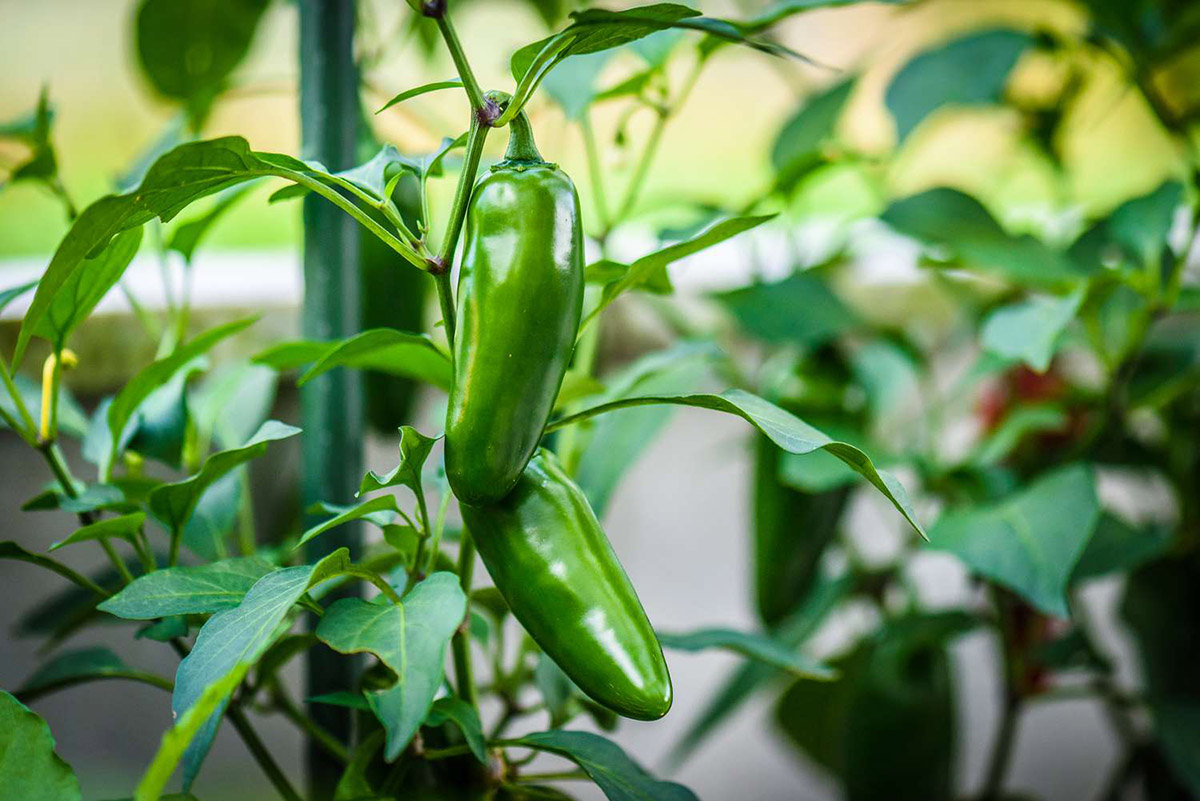
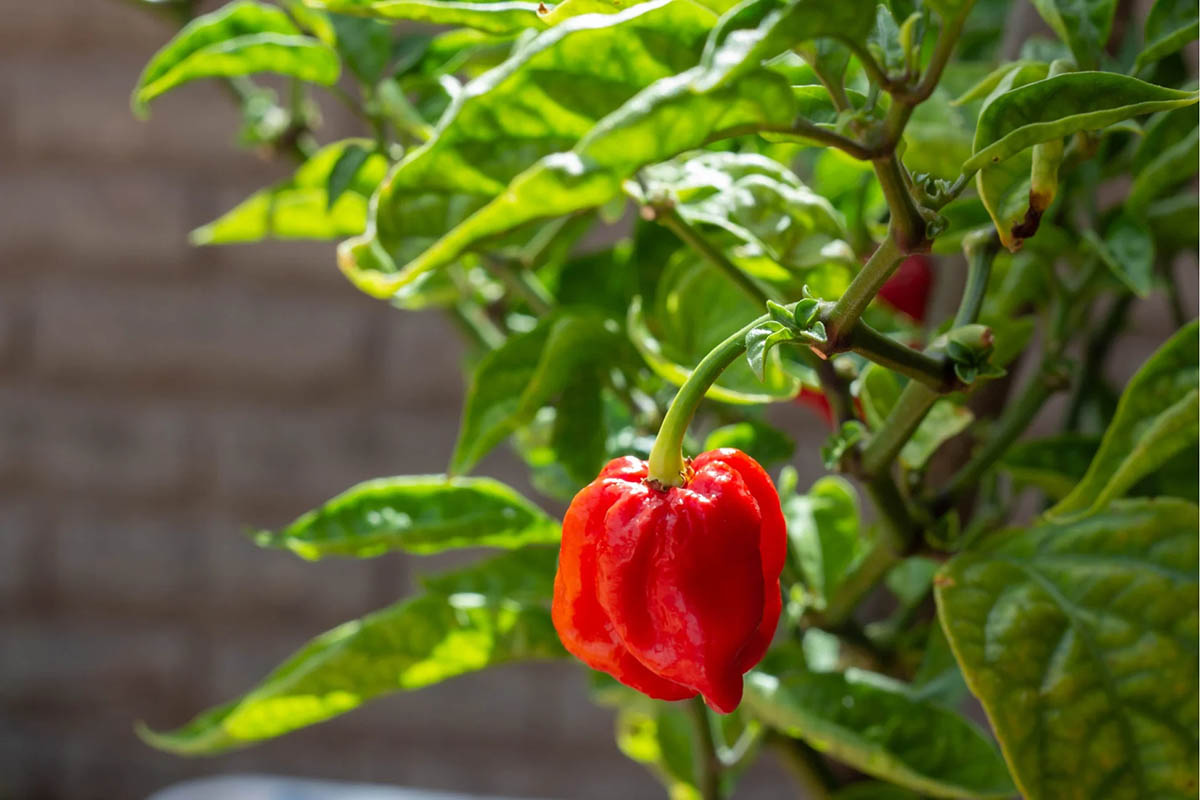
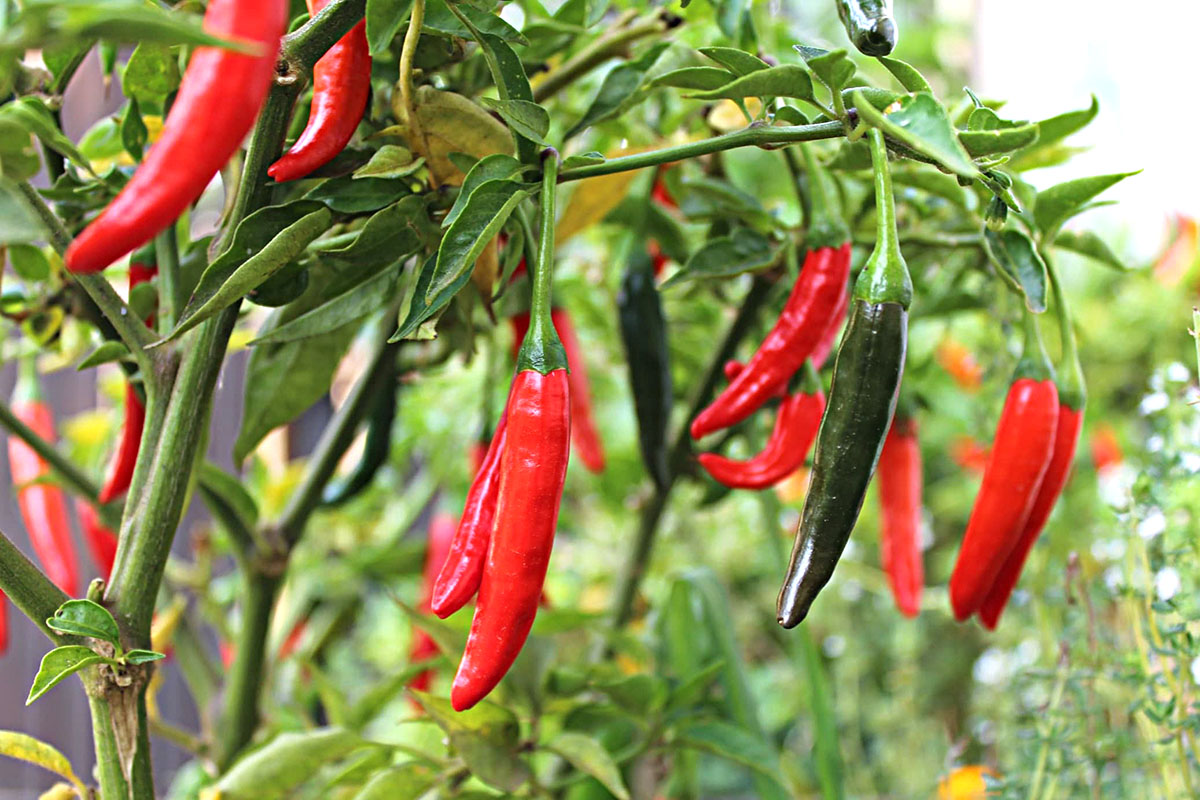

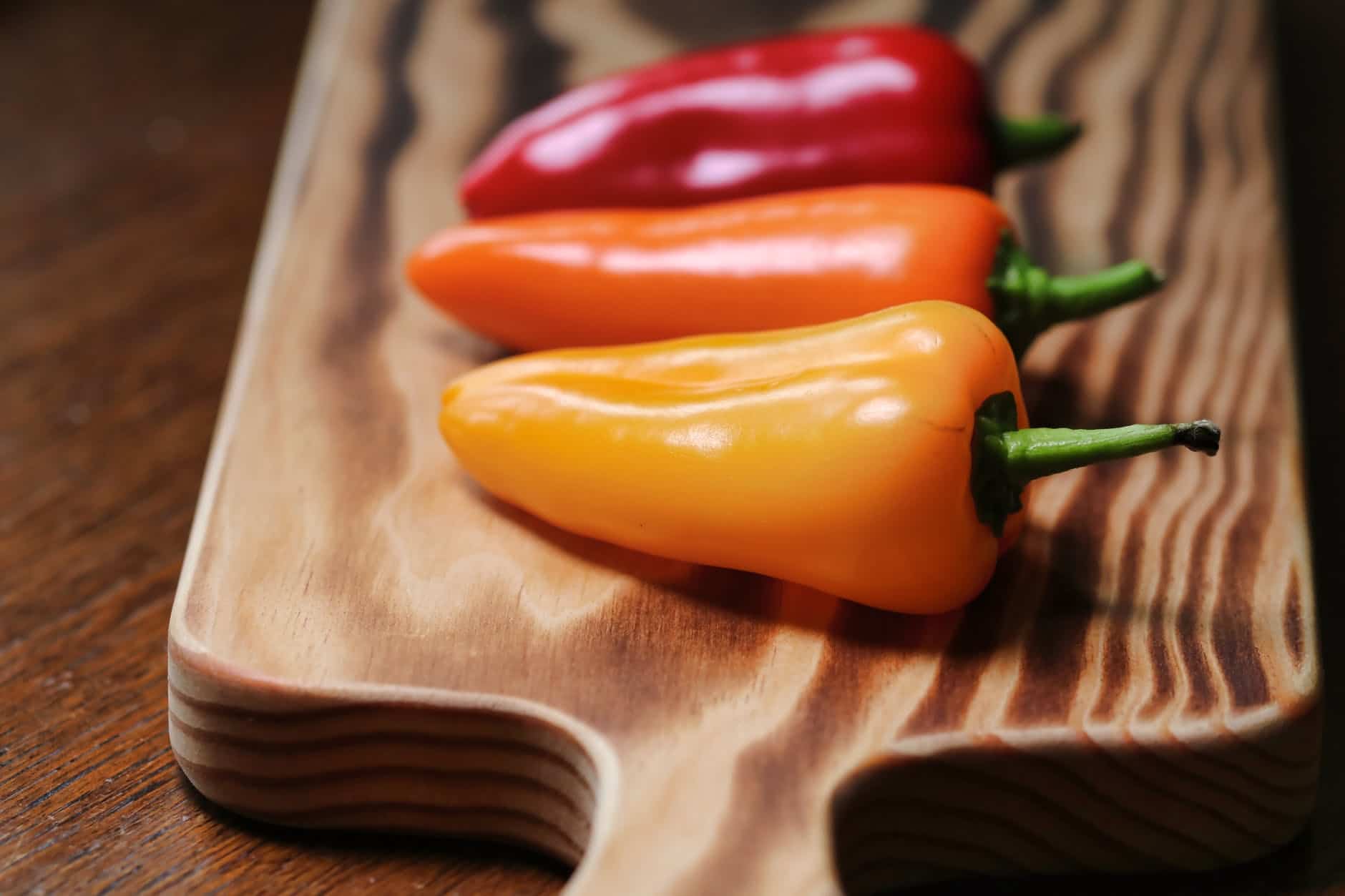
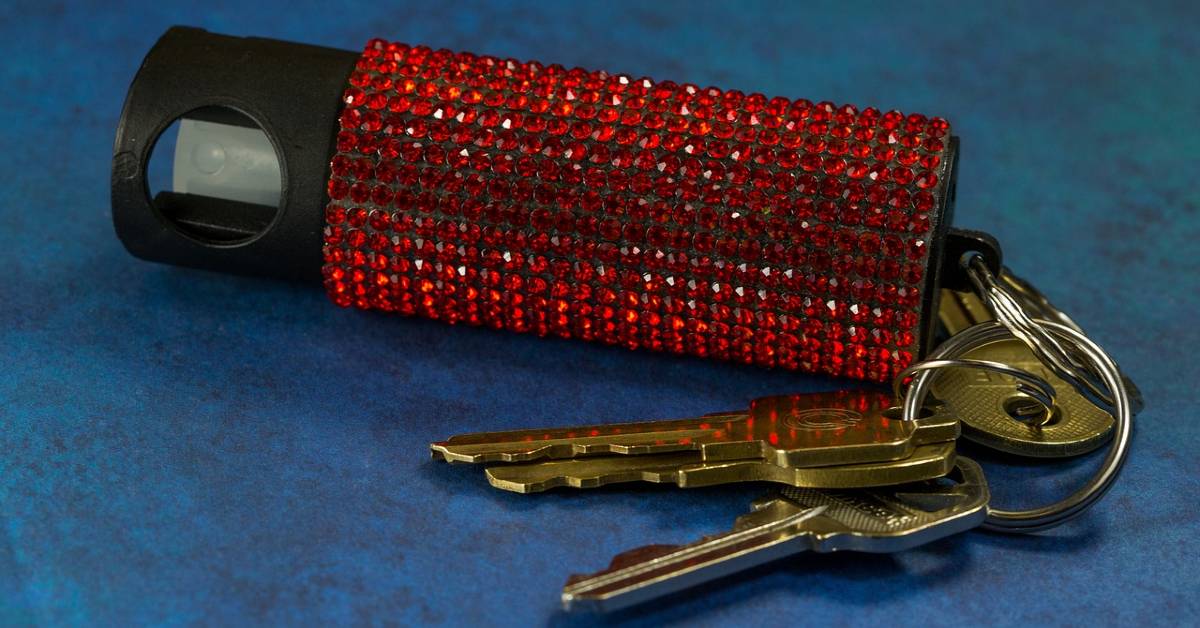
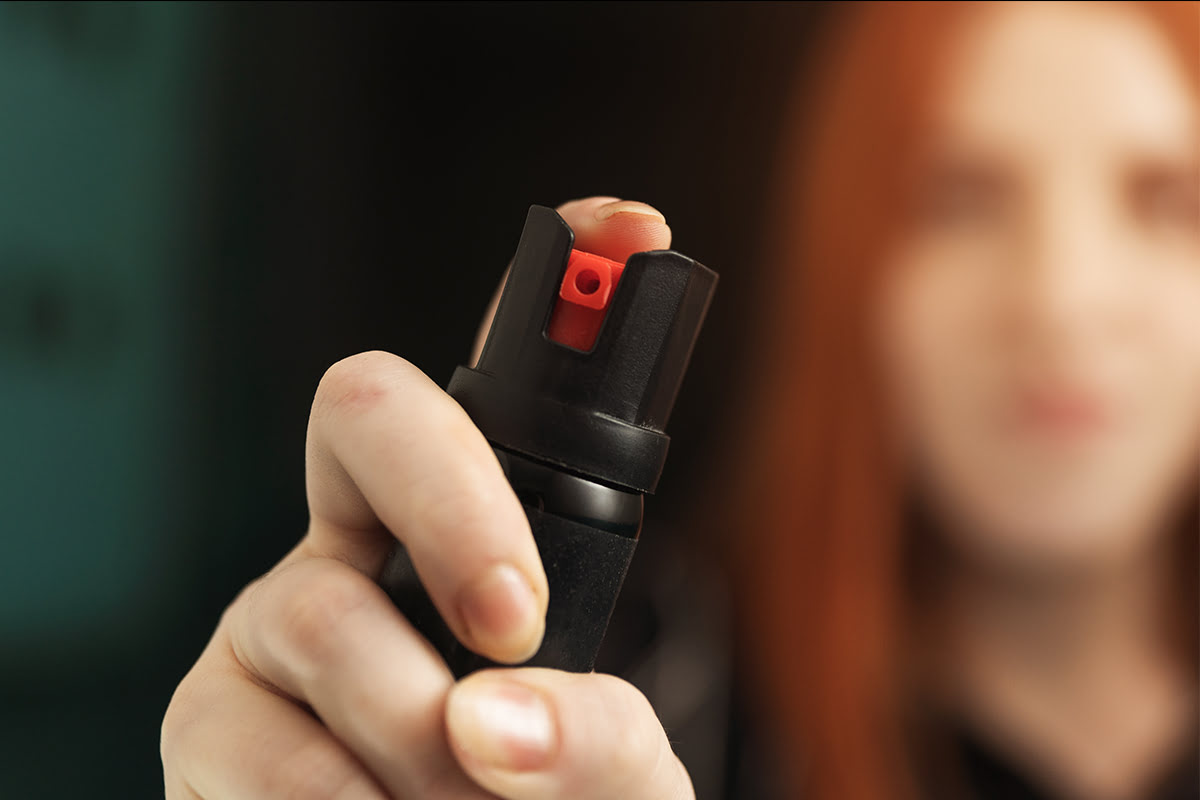
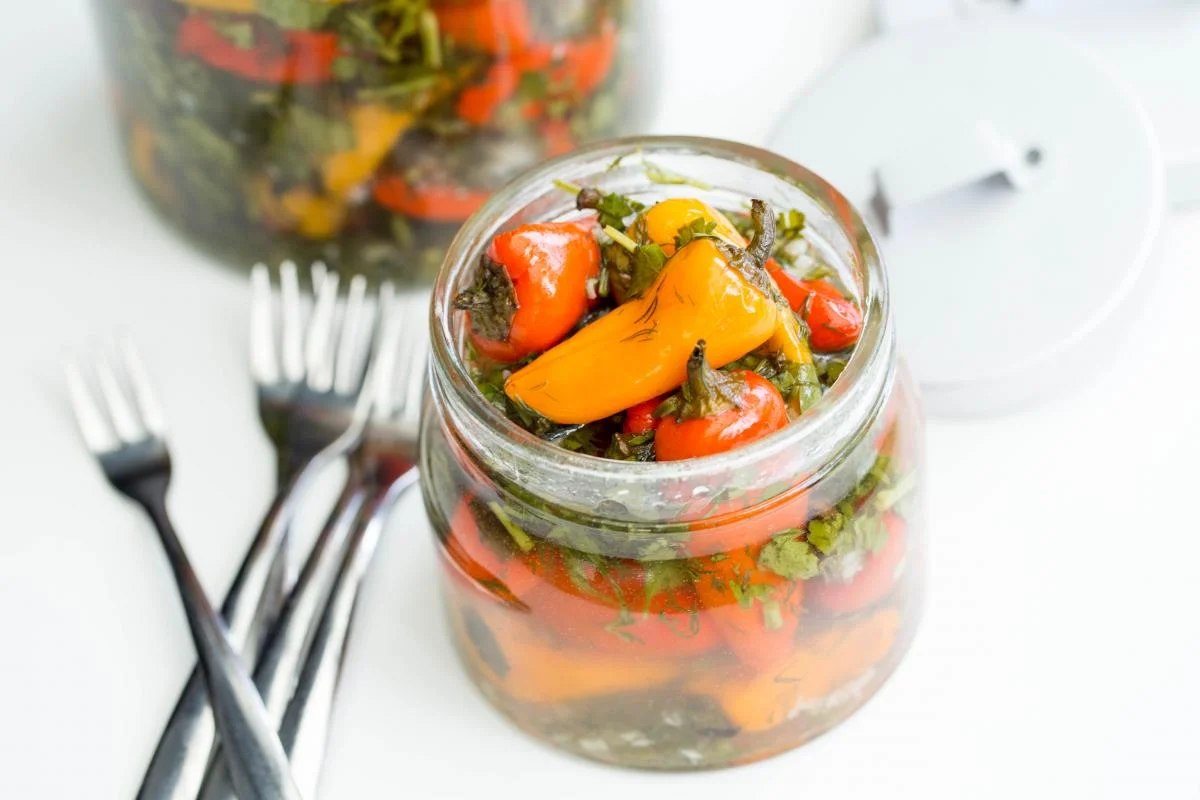
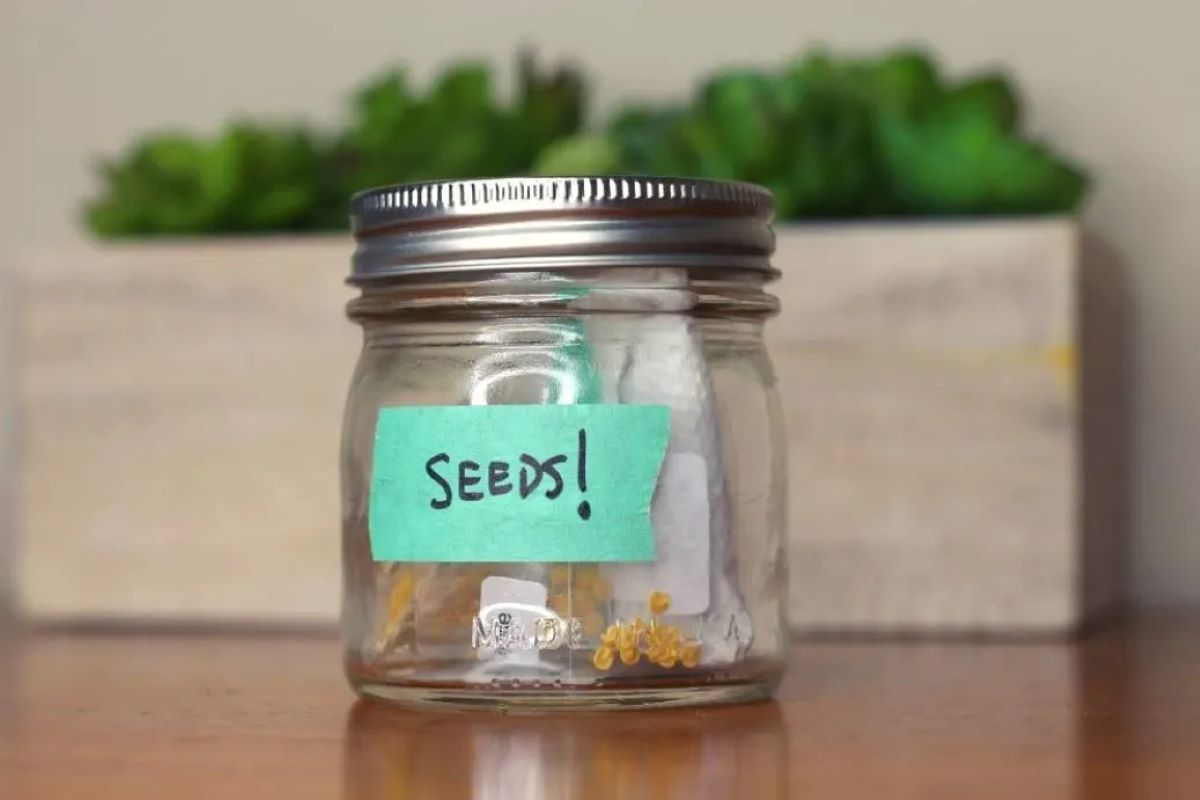
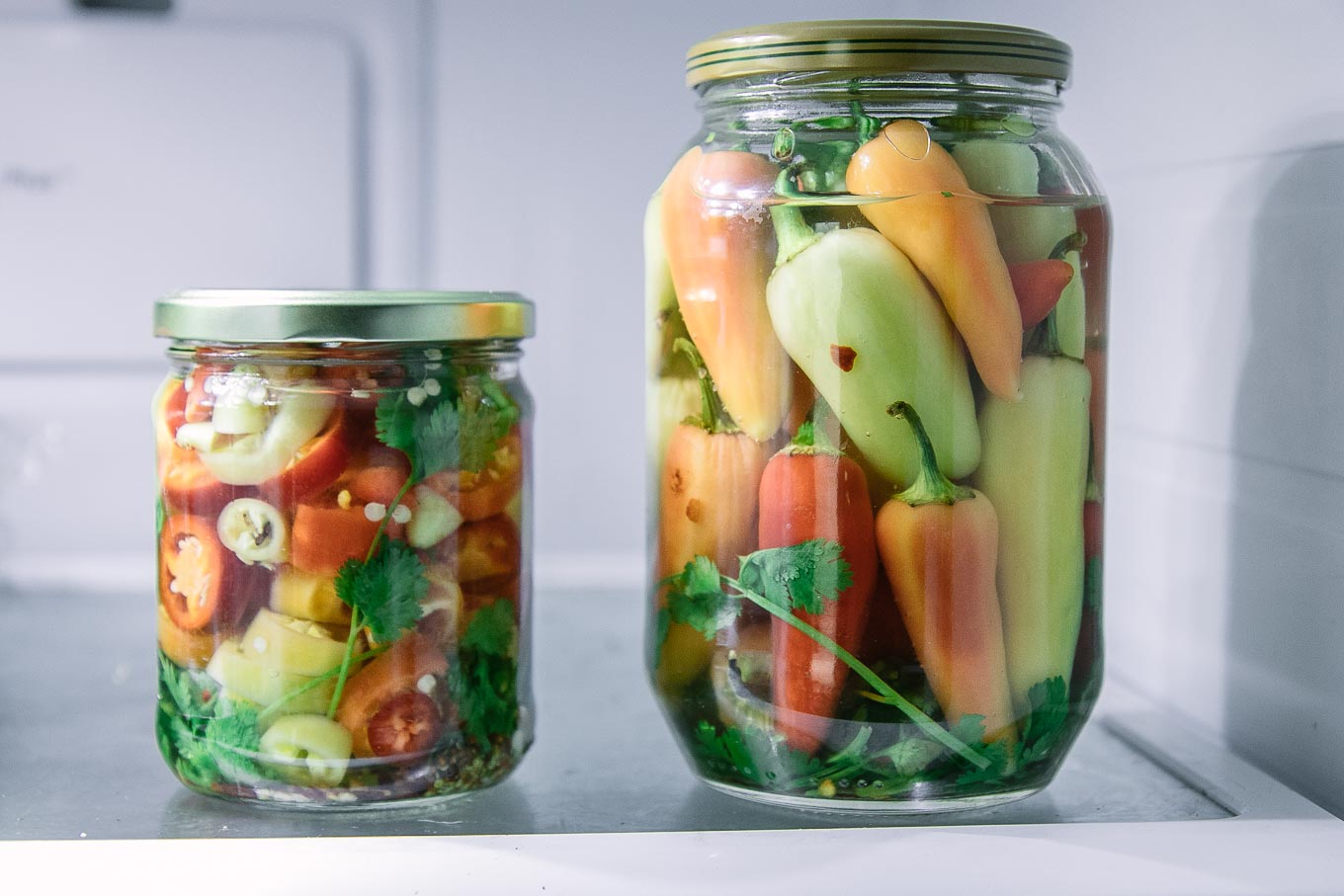
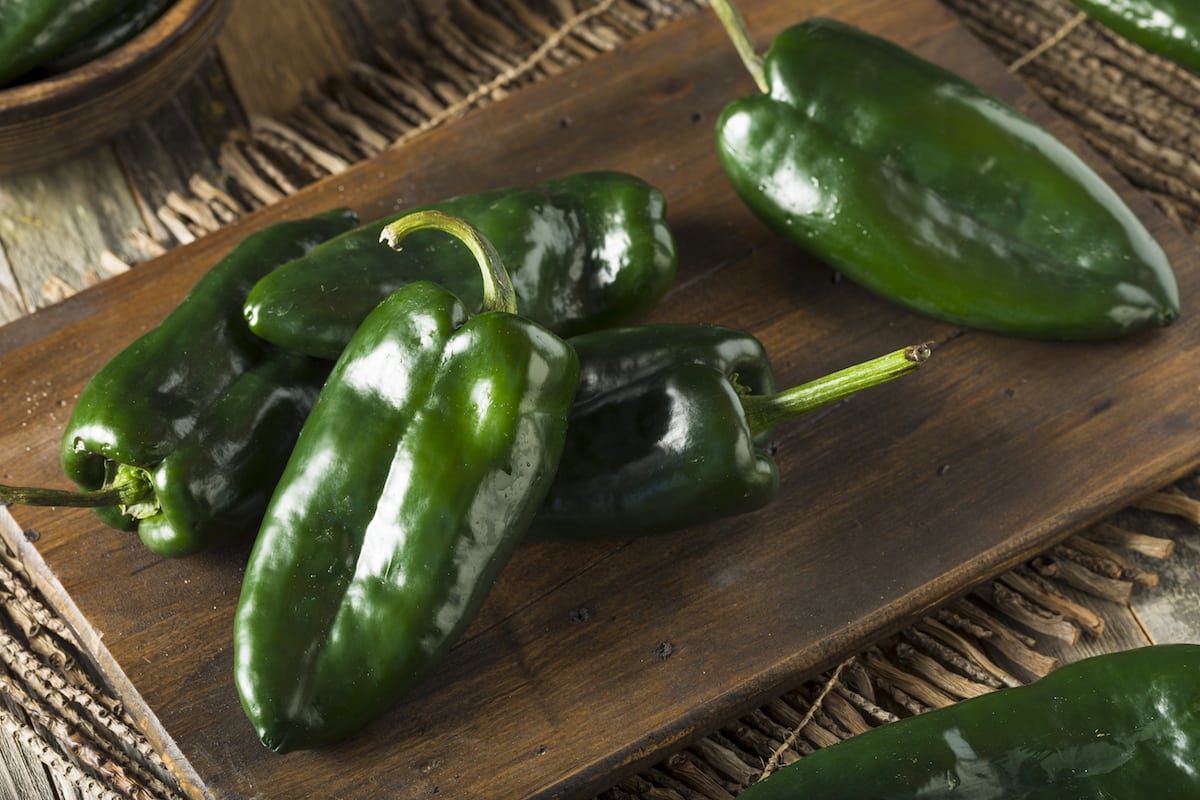
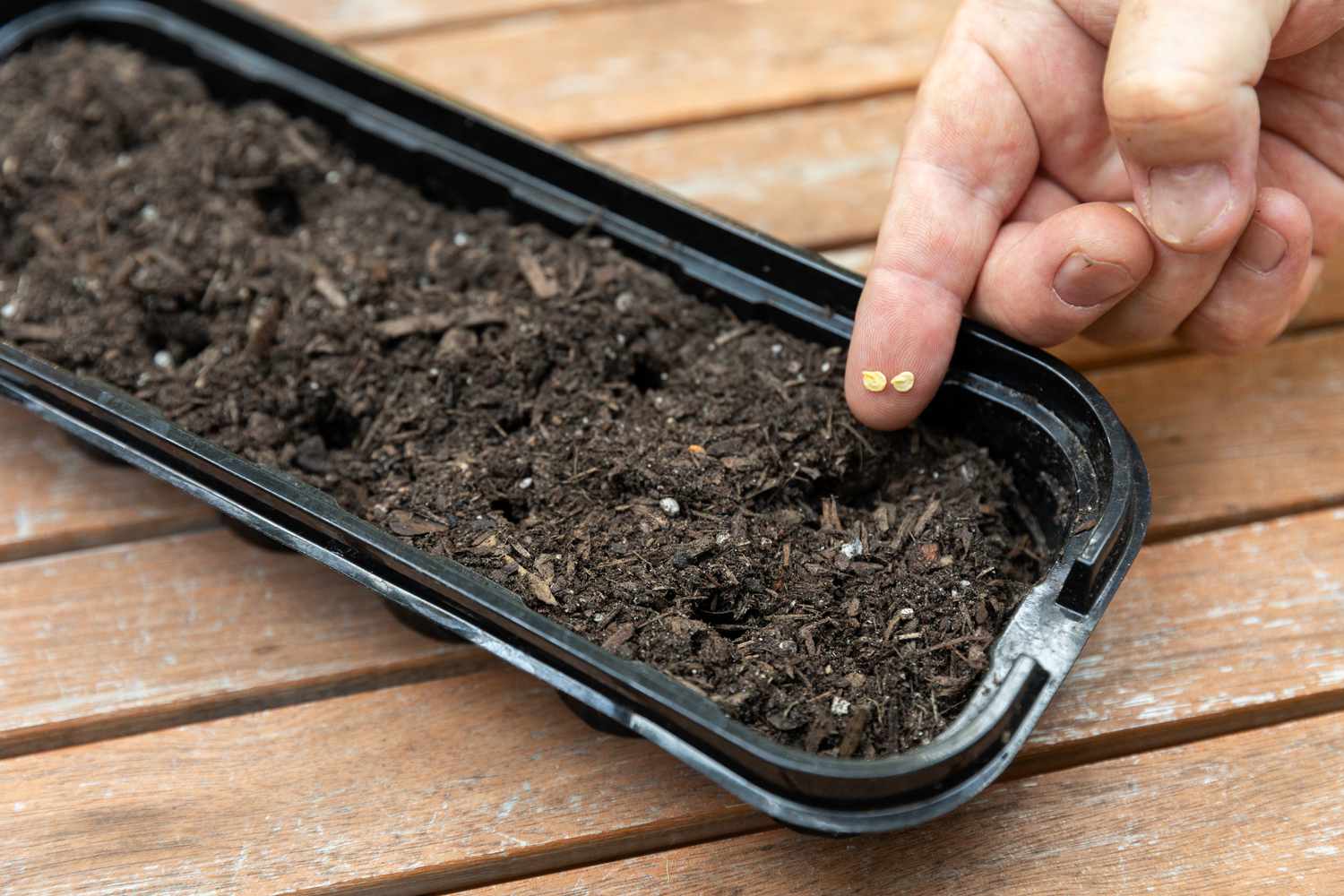
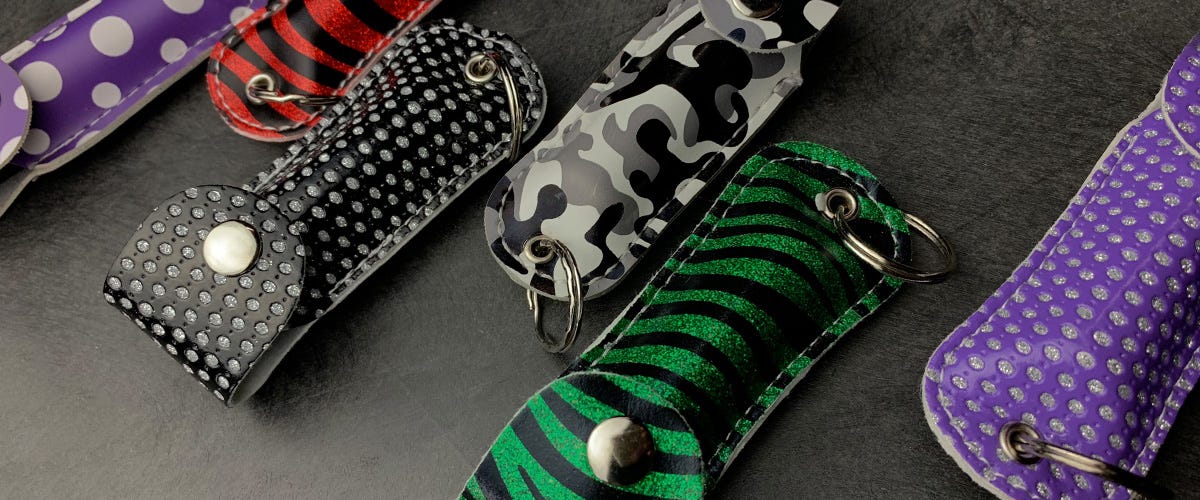

0 thoughts on “How To Germinate Tiburon Peppers”